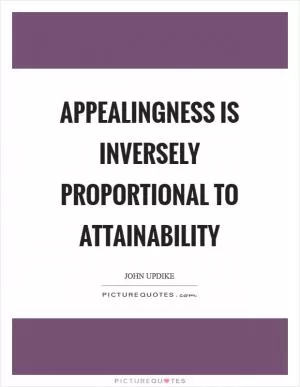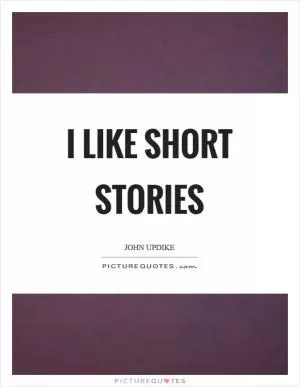Of plants tomatoes seemed the most human, eager and fragile and prone to rot

Of plants tomatoes seemed the most human, eager and fragile and prone to rot
In the world of John Updike's writing, the statement "Of plants tomatoes seemed the most human, eager and fragile and prone to rot" takes on a deeper meaning that goes beyond the simple comparison of tomatoes to human characteristics. Updike was known for his keen observations of human nature and his ability to capture the complexities of human emotions and relationships in his work. In this context, the comparison of tomatoes to humans serves as a metaphor for the vulnerability and impermanence of life.Tomatoes, with their bright red color and juicy flesh, are often seen as symbols of vitality and life. However, they are also highly susceptible to disease and decay, making them a poignant reminder of the fragility of existence. In Updike's writing, the image of the tomato as a fragile and eager plant reflects the transient nature of human life and the inevitability of death and decay.
Furthermore, the idea of tomatoes being "eager" can be interpreted as a reflection of human ambition and desire. Just as tomatoes strive to grow and ripen, humans are driven by their own desires and aspirations. However, like tomatoes, humans are also prone to failure and disappointment, as their efforts can be thwarted by external forces beyond their control.
The comparison of tomatoes to humans also highlights the interconnectedness of all living beings. Just as tomatoes rely on the soil, sun, and water to thrive, humans are dependent on the natural world for their survival. In Updike's writing, the image of the tomato as a vulnerable plant serves as a reminder of the delicate balance between humans and the environment, and the importance of respecting and nurturing the natural world.
Overall, the statement "Of plants tomatoes seemed the most human, eager and fragile and prone to rot" encapsulates the themes of vulnerability, impermanence, and interconnectedness that are central to Updike's work. Through this comparison, Updike invites readers to reflect on the fleeting nature of life and the importance of cherishing the beauty and fragility of the world around us.












 Friendship Quotes
Friendship Quotes Love Quotes
Love Quotes Life Quotes
Life Quotes Funny Quotes
Funny Quotes Motivational Quotes
Motivational Quotes Inspirational Quotes
Inspirational Quotes